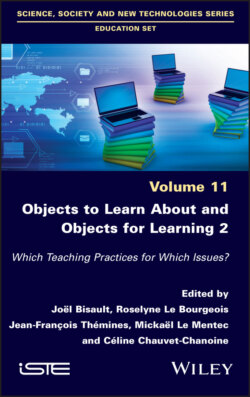Читать книгу Objects to Learn about and Objects for Learning 2 - Группа авторов - Страница 19
1
The Map and the Game: Objects for Learning Geographical Points of Reference in Elementary School 1.1. Introduction
ОглавлениеWhile learning geographical points of reference has always been and remains a component of training in the discipline, the time reserved for learning these locations as well as the procedures for their discovery should be interrogated in the context of a revitalized geography in which nomenclature is no longer the main subject of discussion.
My comments showcase my experience as a practitioner–researcher, as which I designed and produced a game to facilitate the acquisition of a number of spatial points of reference to be placed on wall maps based on features and locations. Just like other classroom posters (like timelines), this system of small cards to be stuck onto larger wall maps (France, Europe, the world) seeks to respond to the infrequent or even complete lack of use of the maps hanging on the wall, sometimes for a long time, which are already filled in and which provide no means for practical work.
This approach provides the opportunity to learn many things about pupils’ academic and personal knowledge, which can be used as points of reference for the game, about the way they categorize and define these points of reference, and about the possibility of connecting them to themes in the lesson plan so that these points of reference are not learned for their own sake or without putting them to use in a real analysis of how spaces are organized.
Does this process of focusing on an object that was designed, produced and appropriated make it possible to effectively acquire knowledge of these points of reference and to make the connection with the potential of a revitalized school geography that is now structured around reasoning, problem solving, dialog with other disciplines and the consideration of representations?
The temporal context of which this work is a part is important because, since 2015, elementary schools in France have benefited from lesson plans in geography that have contributed a strong, paradigm-shifting change (“living”) that remains very open, particularly with regard to points of reference, for which no specific list is provided. However, this does not help schoolteachers, who are rarely trained geographers and who remain, nevertheless, responsible for this learning of points of reference, hence the recourse to the experiment presented here.
After initially framing spatial points of reference in geography as it is taught and, more specifically, in the lesson plans for upper elementary school grades, I then present the protocol for creating the game and for interacting with it throughout the year, before concluding with results and analysis.
